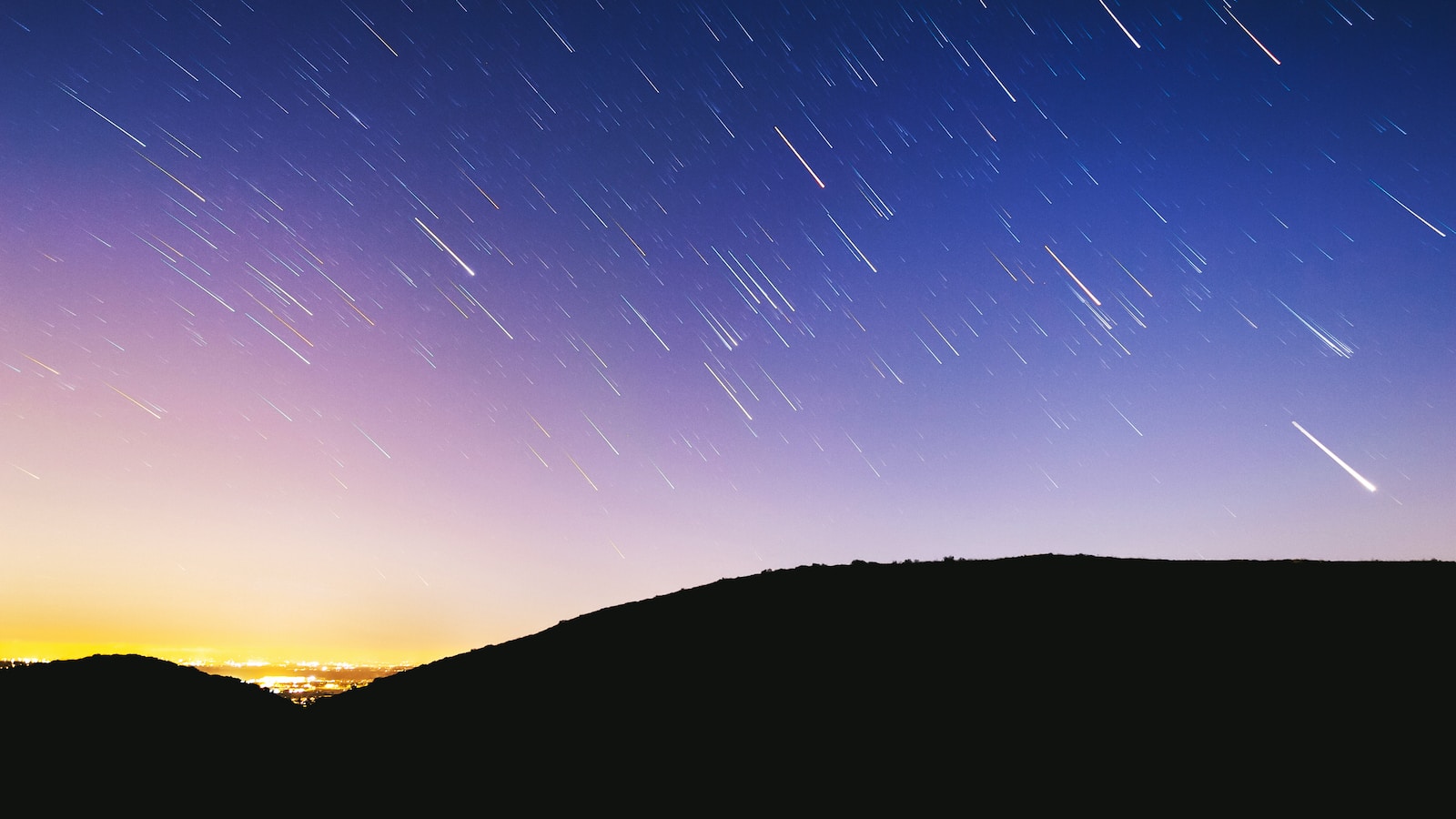Table of Contents
ToggleIntroduction:
The last weekend of July promises a celestial treat for stargazers as two of the best summer meteor showers, Southern delta Aquariid and Perseid, light up the night sky. If you’re hoping to catch a glimpse of these shooting stars, we’ve got you covered with tips and tricks to make your stargazing experience unforgettable.
What are the Southern delta Aquariid and Perseid meteor showers?
The Southern delta Aquariid meteor shower is an annual event that occurs between July 12 and August 23 each year. The meteor shower is caused by debris from Comet 96P/Machholz, which produces bright flashes of light as it streaks through the upper atmosphere.
The Perseid meteor shower, on the other hand, is one of the best astronomical events of the year and is known for producing up to 100 meteors per hour during its peak. It is caused by debris from Comet 109P/Swift-Tuttle and is visible from mid-July to late August.
When and where to see the meteor showers?
The Southern delta Aquariid meteor shower will be at its peak on the nights of July 29 and 30, with stargazers being able to spot a dozen or more meteors per hour. The Perseid meteor shower will be building towards its own peak in August, with the best viewing time being on the night of August 12-13.
To see the meteor showers, you’ll need to find a dark location away from city lights. Look for a spot with an unobstructed view of the sky, such as a park or field. Check your local weather forecast and hope for clear skies to maximize your chances of seeing the meteor showers.
The meteor showers can be seen from many parts of the world, provided the skies are clear and dark enough. However, the best viewing conditions are typically found in areas with low levels of light pollution and minimal cloud cover. Some of the best places to watch meteor showers include remote areas, national parks, and rural locations far from city lights. It’s always a good idea to check the weather forecast and look for areas with clear skies to maximize your chances of seeing shooting stars.
Tips for stargazing like a pro
- Check for dark skies: To get the most out of your stargazing experience, get away from city light pollution. Find a spot with a clear view of the sky and minimal light pollution.
- Be patient: Give your eyes at least 20 minutes to adjust to the darkness. Avoid looking at your phone or other light sources during this time.
- Dress for the occasion: Bring warm clothes and blankets to keep you comfortable during your stargazing session.
- Bring snacks and drinks: Stargazing can be a long and relaxing activity, so bring some snacks and drinks to keep you energized.
How to observe meteor showers without equipment
You don’t need any special equipment to observe meteor showers. In fact, using binoculars or telescopes can make it harder to see the meteors as they restrict your field of view. Instead, find a comfortable spot to lie down and look up at the sky.
Conclusion
Don’t miss the chance to witness the spectacular Southern delta Aquariid and Perseid meteor showers this weekend. Follow our tips and tricks to stargaze like a pro and make the most of your experience. Remember to be patient, dress for the occasion, and find a dark spot away from city lights. With a little luck and the right conditions, you’ll be able to catch a glimpse of shooting stars and make unforgettable memories.








2 thoughts on “See Two Summer Meteor Showers Light Up the Night: Tips for Stargazing”
Pingback: The Ultimate Guide to Observing the Sky from July 28 to August 4
Pingback: Witness the Spectacular Perseid Meteor Shower This Weekend